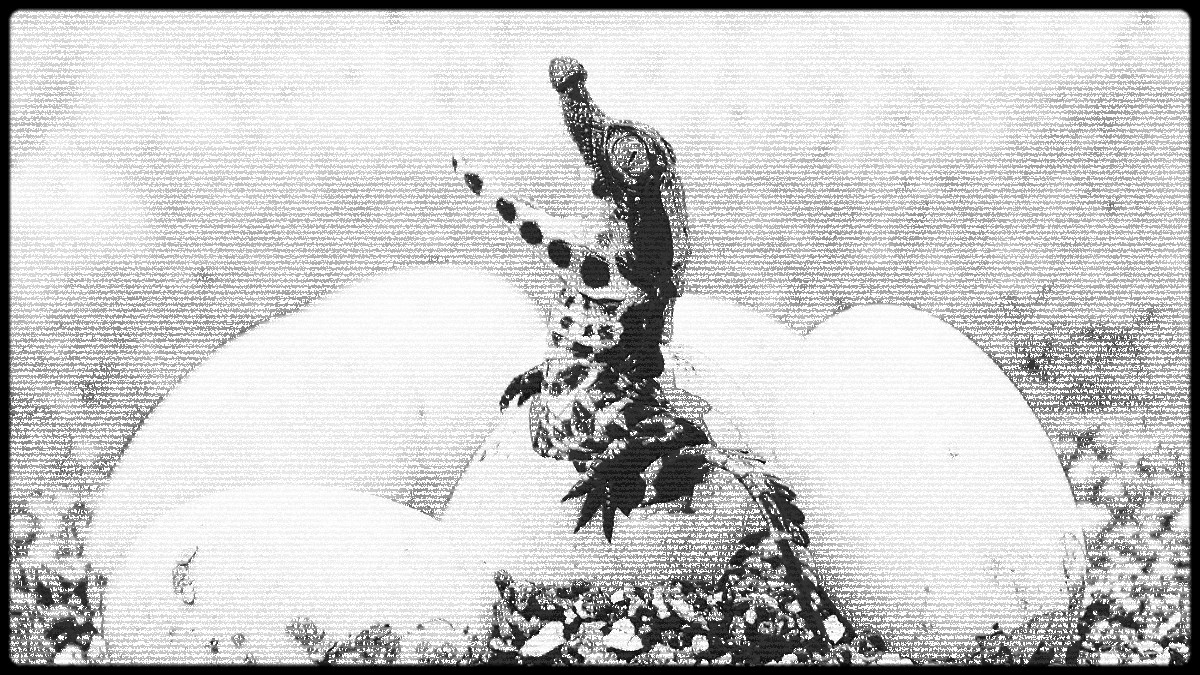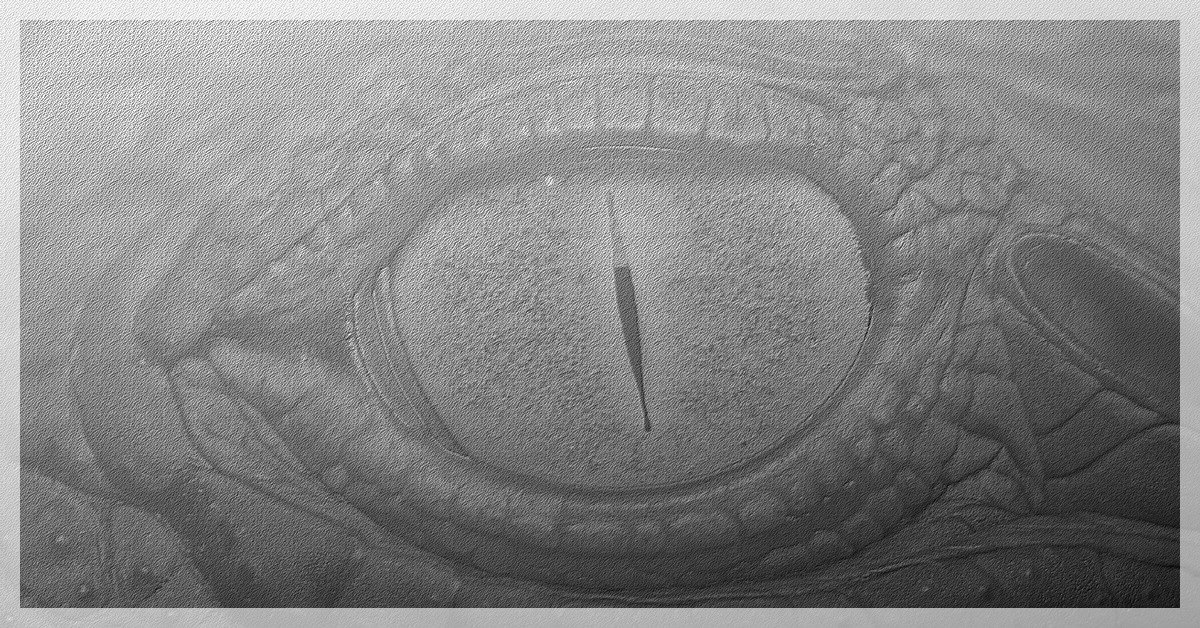
Australia’s wild crocodile population has become part of the country’s livestock industry.
Continued development of the industry requires raising crocodile eggs on farms,
rather than collecting wild crocodile eggs in the jungle.
This is driving the development of crocodile farms in Queensland and Western Australia.
History of the development of the crocodile industry
This is second article about the crocodile industry in Australia by Pavel Kuliuk for Australian Rural & Regional News.
Read the first here.
There are 22 species of crocodile in the world. Two of these species live in Australia: the saltwater crocodile Crocodylus porosus1 and the freshwater crocodile Crocodylus johnstoni.2 Crocodile hunting in Australia began in the 19th century. However, it was not a widespread phenomenon at the time due to the hunters’ poor technical equipment. Businessmen primarily hired indigenous people who used traditional crocodile hunting methods. This hunting did not cause significant harm to the crocodiles.
The first attempts at investment in the crocodile business were recorded in the 1930s. At that time, The Brown’s Bay Crocodile Farm operated in North Queensland. The farm’s grounds included a museum and zoo. Tourists could see it all by purchasing a ticket for a day trip on the Manly boat, which departed from Cairns.3
After the end of World War II, crocodile hunting resumed with renewed vigor. Several factors contributed to this. Many people in Australia were skilled marksmen. Large-caliber rifles, known as “.303 rifles,” became available to the Australian population. Self-contained devices for illuminating large areas were invented. This made hunting possible even at night. A mechanical device for removing bony plates from the belly skin of freshwater crocodiles was also invented. Political instability in Africa reduced the supply of crocodile skins. This increased the price of crocodile skins.4 All of the above factors made crocodile hunting more efficient and profitable.
Hard times fell on the 60,000 to 70,000 crocodiles that lived in Australia at the time. Nothing prevented the uncontrolled killing of these animals. The Australian Parliament website notes, “The reasons for this are now clear: the species was considered to be vermin and had no value to landholders; in the post-war period, the importance of retaining populations of crocodiles was not recognised; crocodiles mostly inhabited areas of free legal access (ie. Crown land); and there was no monitoring of harvesting impact and no management plans for the species or its habitat.”5
As a result, by the 1960s, crocodile numbers had declined so significantly that authorities were forced to protect these animals. In 1962, a crocodile protection law was passed in Western Australia, in 1964 in the Northern Territory.5 In Queensland, a corresponding law was passed in 1974. Crocodiles became very scarce, and hunting them became impossible. However, demand for crocodile skins increased. This paved the way for the emergence of a new industry in Australia: crocodile farming.
How wild crocodiles became a livestock industry
Faced with a shortage of wild crocodiles, people tried breeding crocodiles in captivity and abandoned hunting. This led to an unexpected result. The wild crocodile population not only recovered but even grew. In the late 1940s, 60,000-70,000 wild crocodiles lived in Australia.5 However, according to the latest study6 conducted in 2020, the total wild crocodile population in Australia was 100,000 individuals. But the main reason is that the number of crocodiles living in captivity has become greater than the number of crocodiles living in the wild. After all, about 135,000 crocodiles live on farms.6 This is almost a third more than the number of wild crocodiles.
This fact suggests that the crocodile industry has become a branch of livestock farming. Crocodile farming is now a business on par with chicken, beef, or pork production. However, one distinctive feature distinguishes the crocodile industry from all other livestock farming industries. The success of the crocodile industry is based on the potential of wild nature, not on human might. This is due to the specific nature of crocodile farming. After all, eggs from wild crocodiles are almost always used for this purpose. This nuance is driving the development of the crocodile industry in the Northern Territory, Queensland, and Western Australia. The Northern Territory accounts for 90 per cent of Australian crocodile skin exports, with 14 of Australia’s 25 crocodile farms located there. Another 10 farms are located in Queensland. However, almost all of these farms raise crocodiles from the Northern Territory.7 Only one farm operates in Western Australia.8
The Northern Territory is a leader because it offers optimal conditions for collecting wild crocodile eggs. This includes favorable legislation, natural conditions, and efficient logistics. As a result, approximately 90,000 wild crocodile eggs are collected in the region each year from November to April. All of these eggs are then placed in incubators on specialised farms. Crocodiles are then born there and live for two to three years before being slaughtered. This ability to collect large quantities of eggs has made the Northern Territory the flagship of Australia’s crocodile industry.8
In neighboring Queensland, the situation is different. Unlike the Northern Territory, where egg collection has been permitted since the 1980s, the Queensland government only authorised it in 2018. The decision was accompanied by the following statement on the government’s website: “An Independent Evaluation of the Queensland Estuarine Crocodile Management Program undertaken in 2021 noted that (commercial harvesting of estuarine crocodile eggs in Queensland) is ‘unlikely to be commercially viable at any substantial scale in Queensland because of the distribution and relatively low density of nests, the long freight transport distances involved, and the costs associated with locating nests, egg collection, and transport.”9 Unsurprisingly, egg collection is limited to 5,000 eggs per year.10

In Western Australia, collecting wild crocodile eggs is prohibited. Violating this ban carries severe penalties, including a fine of AUD200,000. This ban was approved by the Biodiversity Conservation Act in 2016.11 No official information on the potential for wild crocodile egg collection in the region could be found. However, it may be interesting to note that poachers have flown helicopters from the Northern Territory to the Kimberley in Western Australia to illegally collecting crocodile eggs from nests.12 The use of such expensive transport and the preparedness to risk the penalties and consequences of such unlawful activity indicate an egg shortage and a potential solution to this problem in Western Australia.
Forecast
Currently, crocodile processing in Australia is more active than ever. From 1945 to 1970, approximately 12,000 crocodiles were processed annually in Australia.13 However, in the 2020s, the number of crocodiles processed annually has almost tripled. More than 35,000 crocodiles are processed in the country every year.8 Thus, the development of the crocodile industry follows the classic pattern for any economic sector. First, production volumes increase. Then prices fall. Then demand increases.
The first stage of development is currently underway. Production volumes are increasing. However, prices for crocodile meat and skin are very high. Therefore, the rapidly growing crocodile farming industry is currently focused on exports.14 Australian retailers cannot offer consumers the results of crocodile processing at affordable prices. Crocodile meat is not sold in the country’s largest supermarkets. Instead of genuine crocodile skin products, retailers are selling products made of artificial leather or calfskin that imitate crocodile skin.

If crocodile processing volumes increase, the price of crocodile meat and skin will soon begin to decline. This would increase demand. In other words, external demand would be replaced by domestic demand. However, there is an obstacle hindering the industry’s growth. This obstacle is the natural origin of eggs used for crocodile farming. To increase the crocodile population on farms, it is necessary to collect more wild crocodile eggs. However, this cannot be achieved solely by increasing the wild crocodile population. There are already more wild crocodiles than previously, when humans did not farm crocodiles. An increase in the wild crocodile population will endanger the lives of people in populated areas. Nature’s resources are also limited. Crocodile food may become scarce. And an excessive increase in the wild crocodile population could lead to an imbalance of nature. Of course, allowing egg collection in Western Australia and increasing egg collection in Queensland could partially solve the problem. However, the potential of these solutions is questionable. It has previously been noted that natural conditions in Queensland are not conducive to intensive egg collection.
In the current situation, raising crocodiles on farms for egg production could be a natural solution. This method of obtaining eggs is more expensive and complex than collecting crocodile eggs in the wild. However, it is just as cost-effective. The few farms raising crocodiles for egg production are primarily located in Western Australia and Queensland. In these regions, collecting wild crocodile eggs is not common. Therefore, further development of the crocodile industry could lead to increased activity in Western Australia and Queensland. This would involve a currently unpopular approach. Crocodile farms in Western Australia and Queensland with experience raising crocodiles for egg production will benefit most from the changes. However, companies in the Northern Territory that collect wild crocodile eggs may find themselves at a disadvantage. The growth potential of their business will depend on the wild crocodile population.
The introduction of mass crocodile farming for egg production is the most logical path to industry development. Crocodiles will lay eggs, like hens, for commercial purposes. Of course, the profit margin will be lower initially, as farmed egg production is more expensive than collecting eggs from the wild. But eventually, due to increased sales, farmers’ profits will increase. Statistics also support the mass production of crocodile eggs. The hatching rate of crocodiles is approximately 70-80 per cent. A similar number of crocodiles survive to sexual maturity. This means that 50 eggs can produce 25 three-year-old crocodiles.5
The main question remains: “When will the epochal changes in the crocodile farming industry occur?” Perhaps the answer to this question is hidden in the new industry code that is intended to replace the outdated 2009 regulations, entitled “Code of Practice on the Humane Treatment of Wild and Farmed Australian Crocodiles.”15 At that time, no one knew what the crocodile industry would become today.
References
1. https://en.wikipedia.org/wiki/Saltwater_crocodile
2. https://en.wikipedia.org/wiki/Freshwater_crocodile
3. https://australianfoodtimeline.com.au/commercial-crocodile-farming/
4. https://www.qhatlas.com.au/crocodile-hunting
5.https://www.aph.gov.au/Parliamentary_Business/Committees/Senate/Rural_and_Regional_Affairs_and_Transport/Completed_inquiries/Pre_1999/wild/report/c11
6. https://www.worldanimalprotection.org.au/siteassets/documents/reports/bred-for-profit-report-2024.pdf
7. https://daf.nt.gov.au/media/docs/publications/industry-development/crocodile-strategic-plan-24-33.pdf
8. https://daf.nt.gov.au/__data/assets/pdf_file/0003/1561134/economic-contribution-of-the-nts-crocodile-industry-sept25.pdf
9. https://www.dcceew.gov.au/sites/default/files/documents/wtmp-qld-crocodile-farming-egg-harvesting-Dec-2023-Dec-2028.pdf
10. https://www.legislation.gov.au/F2023N00632/asmade/text
11. https://www.legislation.wa.gov.au/legislation/statutes.nsf/law_a147120.html
12. https://thewest.com.au/news/australia/dna-bid-to-catch-croc-egg-poachers-ng-ya-187953
13. https://theconversation.com/even-as-the-tide-turned-for-fur-crocodile-leather-kept-selling-in-high-end-fashion-but-for-how-much-longer-245471
14. https://arr.news/2025/11/07/the-australian-crocodile-industrys-problematic-trio
15. https://www.dcceew.gov.au/sites/default/files/documents/crocodile-code-practice.pdf
Related story: The Australian crocodile industry’s problematic trio
